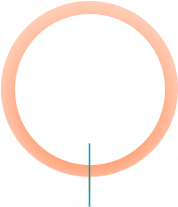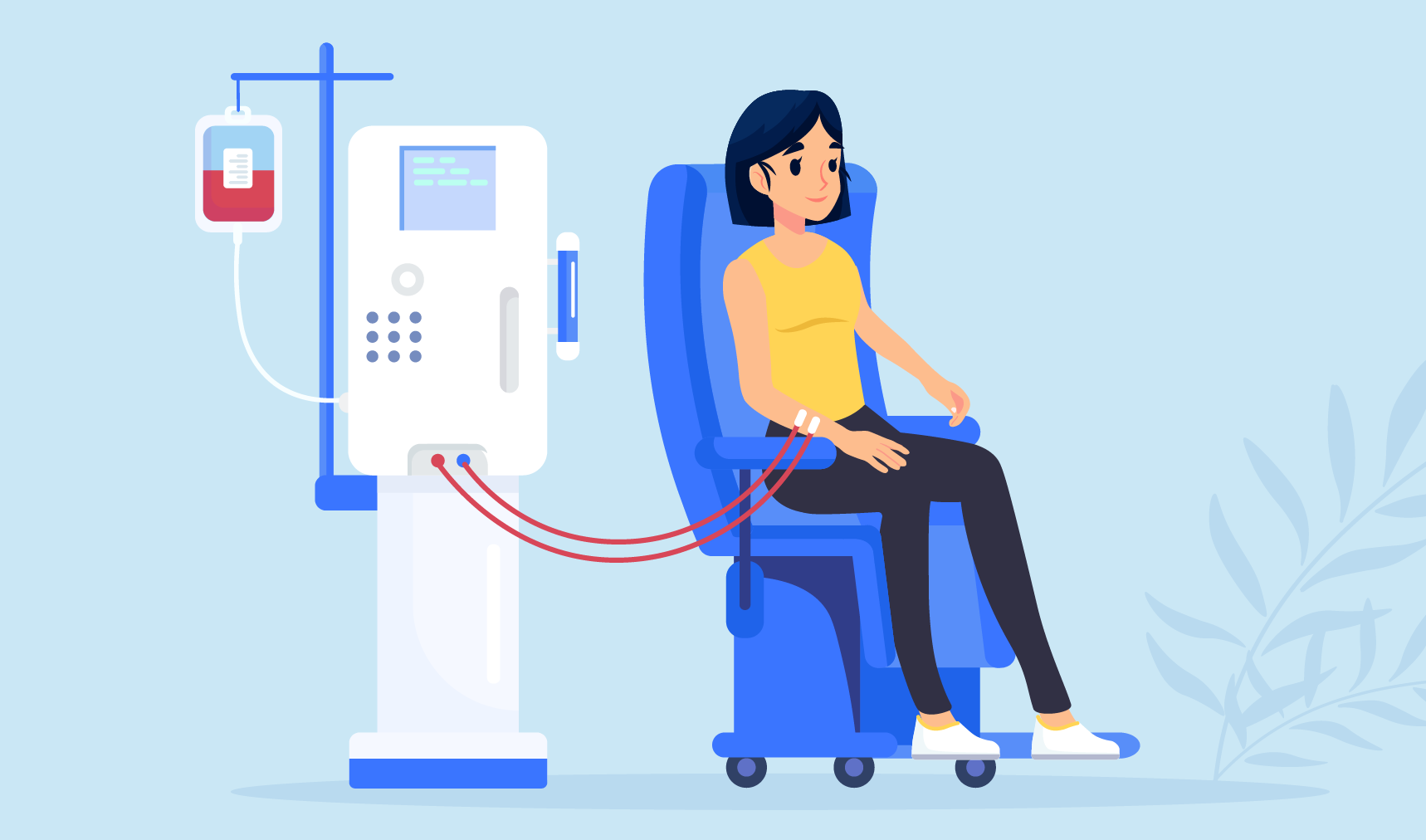

Kidney or Renal disease refers to temporary or permanent damage to the kidneys that result in loss of normal kidney function. Renal failure can be a progressive disease or a temporary one depending on the cause and available treatment options. In renal failure, the kidneys undergo cellular death and are unable to filter wastes, produce urine or maintain the fluid balance of the body. This causes a build-up of toxins which can affect the blood, brain and heart, as well as cause other complications.
Disease States
Acute Renal Failure
Occurs suddenly and is usually initiated by underlying causes, for example dehydration, infection, serious injury to the kidney or the chronic use of over-the-counter pain medications. Acute renal failure is often reversible with no lasting damage. In such situation, renal function may be restored by treating the primary disease that is responsible for the damage, or by treating the kidneys with medication.
Chronic Renal Failure
Patients may not show any symptoms until the kidneys are extremely damaged. It may be caused by other conditions, such as diabetes or high blood pressure, and can worsen over time, especially when treatment is delayed. With treatment, a person with kidney failure can live a relatively normal life. In cases of end-stage renal disease, patients will require dialysis and/or a kidney transplant.
5 stages of Chronic Kidney Disease
-
STAGE 1

90%
Very mild loss of kidney function
No symptoms
Patients with diabetes, hypertension, obesity at risk
-
STAGE 2

60-89%
Mild loss of kidney function
May not have any visible symptoms
Patients with diabetes, hypertension, obesity at risk
-
STAGE 3

30-59%
Moderate loss of kidney function
May have edema, fatigue, backache
Diet, medication, lifestyle changes recommended
-
STAGE 4

15-29%
Severe loss of kidney function
Stage 3+ nausea, appetite loss, insomnia
Renal specialist required for care planning
-
STAGE 5

<15%
End Stage Renal Disease [ESRD]
Stage 4+ Anaemia, reduced urine output
Treatment options include dialysis and kidney transplant
CKD and ESRD Overview
1 in 10 people worldwide are estimated to have CKD
and 9 in 10 of those don’t know they have it


4 Million
people globally suffer from ESRD

30%
of diabetic patients develop CKD and this is the most common cause of ESRD

90%
of patients receiving dialysis in in-centre facilities live in upper-middle income countries
CKD Unawareness

48%
with severe CKD are unaware of having the disease

96%
with mild CKD are unaware of having the disease
People needing dialysis

14.5 Million
people are expected to need dialysis or transplant by 2030

5.4 Million
people are expected to receive it
Dialysis cost

$90,000
1 year cost for in-centre dialysis for a US patient

$70,000
1 year cost for home dialysis for a US patient
COVID-19 pandemic has triggered more patients to move their dialysis from in-centre to home
Treatment Options
In-Centre Dialysis
Home Dialysis
Kidney Transplant

Dialysis does not cure renal failure, but instead keeps a person alive by performing the crucial functions of the kidneys. A person may have to undergo dialysis as often as several times a day or as little as weekly, depending on the severity of renal failure. A person with acute, reversible renal failure may need dialysis while the kidneys recover.
There are two modalities in renal dialysis:
Key Challenges of Existing
Treatment Modalities
Large Volume of Dialysate
- 1 PD Patient – up to 3,650L PD solution per year
- 1 HD Patient – up to 18,420L dialysate solution per year

Bulky Dialysis Machines
- A typical PD machine weighs 15 – 20 kg
- A typical HD machine weighs 50 – 80 kg

Limited Mobility & Freedom
- PD patients are attached to the machine for 10 – 12 hrs each time
- HD patients have to visit the center 3 times a week, dialyse for 4 – 5 hrs each time

Loss of Productivity
- In the US, dialysis results in a loss of productivity of US $10 – US $13 bn annually

Read more on how our technology and products address the above challenges!




